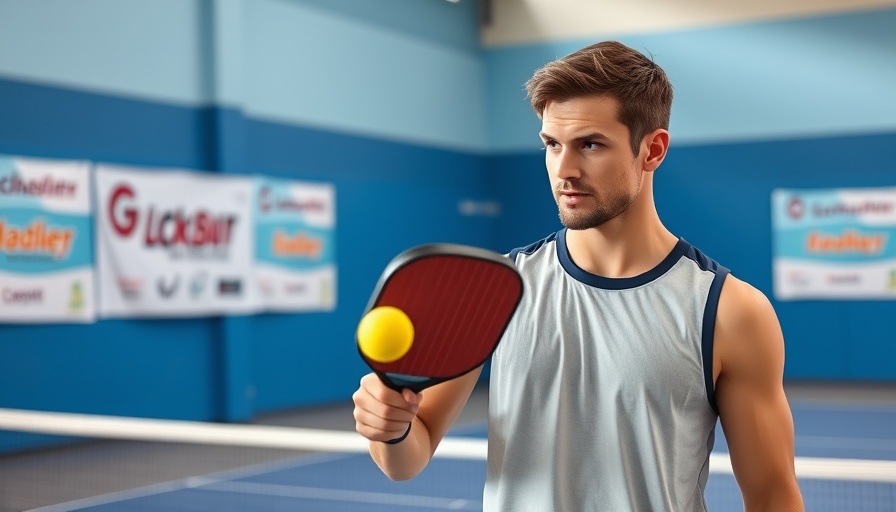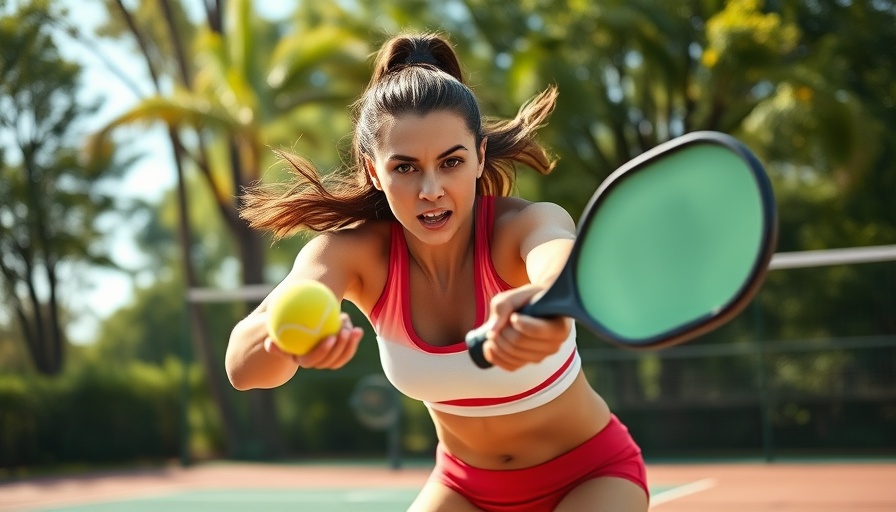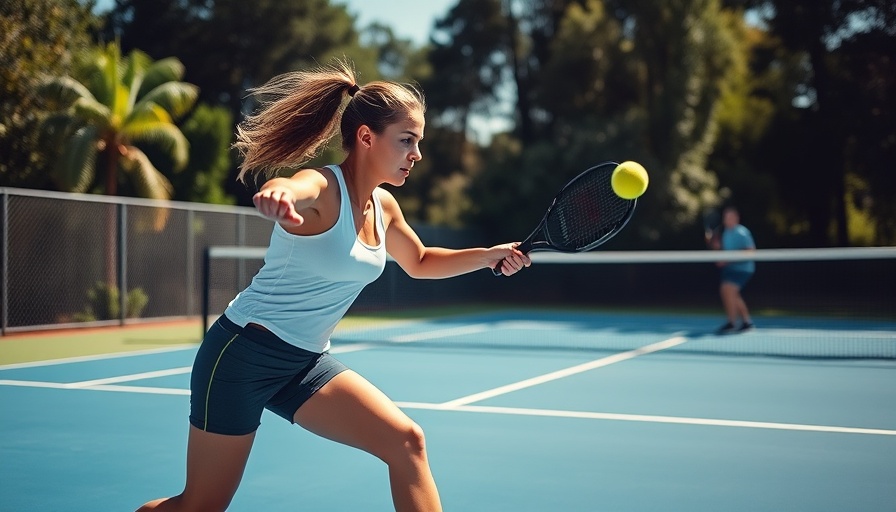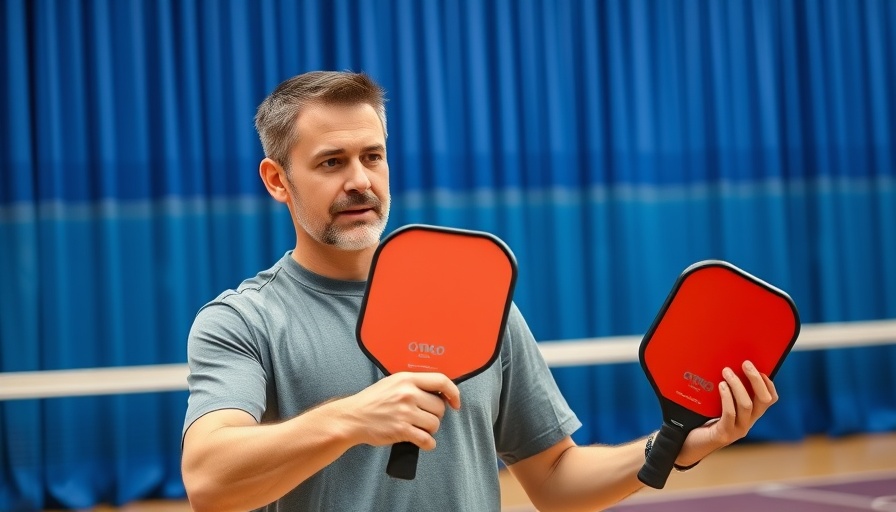
Mastering the Art of Targeting Your Opponent's Backhand
In the dynamic world of pickleball, honing in on your opponent's weaknesses is crucial for gaining the upper hand, and one effective strategy is targeting their backhand. This approach can significantly enhance your gameplay, particularly in matches against players over the age of 50 found within Southern California's vibrant pickleball community.
Understanding Handedness: Your First Step
The first step in executing this strategy is identifying your opponent's handedness early in the match. Different grips dictate where their backhands will be positioned on the court. For example, in a typical righty-righty matchup, both players' backhands will naturally be to their right. Conversely, if you're facing a left-handed player, expect their backhand to be on their left side. Understanding these dynamics helps you plan your shots more effectively, allowing you to exploit potential weaknesses.
Why Focus on the Backhand?
The backhand is often a player's Achilles' heel—in fact, the majority of pickleball players struggle more with their backhands compared to forehands. This is partly due to the fact that backhands are typically executed with the non-dominant side, leading to less control and power. Especially among amateur players, the lack of consistency and comfort on backhand shots makes this a prime target for your offensive plays.
Effective Techniques for Targeting Backhands
To effectively leverage this strategy, focus on employing defensive shots—such as dinks and drops—to their backhand. These techniques can disrupt their rhythm and keep the pressure on. Moreover, many players are not as adept at transitioning to offense from their backhand side, making it safer to consistently direct your shots there. Even simple resets can shift the game in your favor.
Conclusion: Elevate Your Game
Incorporating backhand targeting into your play can elevate your performance significantly. As you become more attentive to your opponents' tendencies and weaknesses, you will see improvements in your game. Whether you're a seasoned pickleball enthusiast or a newcomer to the courts, mastering this technique can lead to more victories and a deeper understanding of the game.
If you’re part of the expansive community of pickleball players in Southern California, consider joining lessons or discussions about advanced strategies. Stay engaged and elevate your game!
 Add Row
Add Row  Add
Add 




Write A Comment